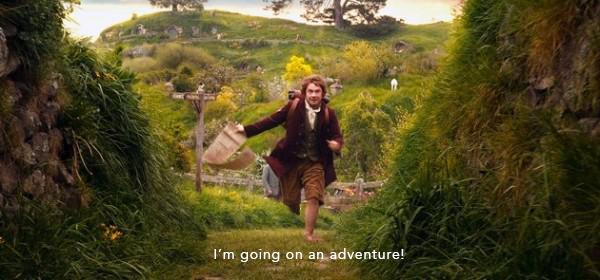Here’s the cold, hard truth: Your customers are already on a journey with your brand. It’s marketing’s role to understand and adapt to it and use it to win more new business, keep current customers and grow the right relationships.
Marketing does not determine the journey (or “build” it), but rather, uses the journey to build a strategy that can drive more leads, shorten the sales cycle and improve the customer experience. Happy clients stay with a brand and even grow their investment over time. Remember, it’s cheaper to retain a current customer than to capture a new one.
It all starts with data. An easy place to start in understanding your customer journey (or lifecycle) is to group your database into two different segments: prospects and customers. Now focus on the prospects alone and considering the following questions:
- How many prospects have spoken to a sales representative?
- How many prospects have received pricing and/or a proposal to do business with you?
- How many prospects lack pertinent contact information (i.e., last name, company name, phone number or email address)?
Once your prospects are lumped into these three sub-categories, you may find a lifecycle strategy taking shape. Those who have incomplete records in your CRM are new to your brand and may be best described as “strangers” to your organization. Once their information is added, via progressive profiling and the use of forms and landing pages, they move to the next leg of their journey, “identified.” These are the folks who haven’t spoken to a sales rep YET but once they do, could be deemed “qualified” or “unqualified” based upon parameters determined by your organization. Once in the “qualified” stage, prospects receive a proposal and/or pricing, and whether or not they accept the terms your organization offers determines if they become a “customer” or go back to the “identified” stage.
Each stage requires different triggers to move prospects through their journey — but it is most certainly, their journey. Just because you have identified a journey doesn’t mean every prospect and customer is going to take the same path. For example, prospects can skip the “stranger” stage entirely and even move from “qualified” back to “identified” back to “qualified” again before ever making a purchase. Their movement is based upon their actions (or lack thereof) and engagement with your brand. If one skips ahead a few years in the Lord of the Rings trilogy, we are brought to the initial “Fellowship of the Ring.” This group consisted of two men, four hobbits, a dwarf, an elf, and a wizard. All (except one, R.I.P Boromir) are eventually reunited at the end of the trilogy, but it is hard to imagine more unique journeys to this conclusion for each member of the fellowship as they fought and snuck their way through different countries, battles, trials, and tribulations.
So. Campaigns that are targeted to specific segments of prospects and customers, in various stages of their journey with your brand, intended to improve engagement. This goes back to marketing’s goal of shortening the sales cycle and improving the customer experience, remember? Get more customers and make them customers for life. In order to do this, we must understand and adapt to the customer journey, not try to force our customers down a prescribed, rigid funnel.

